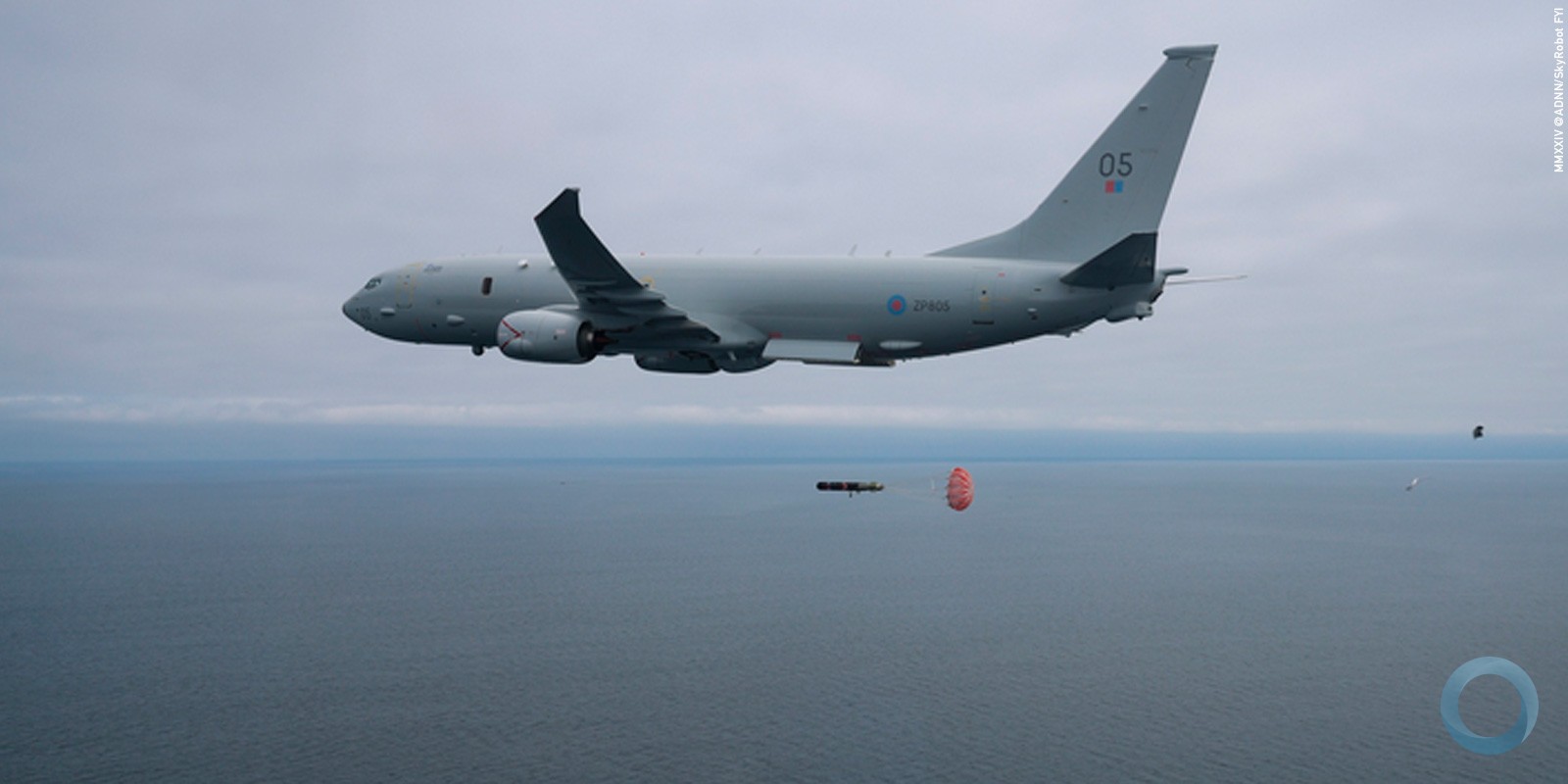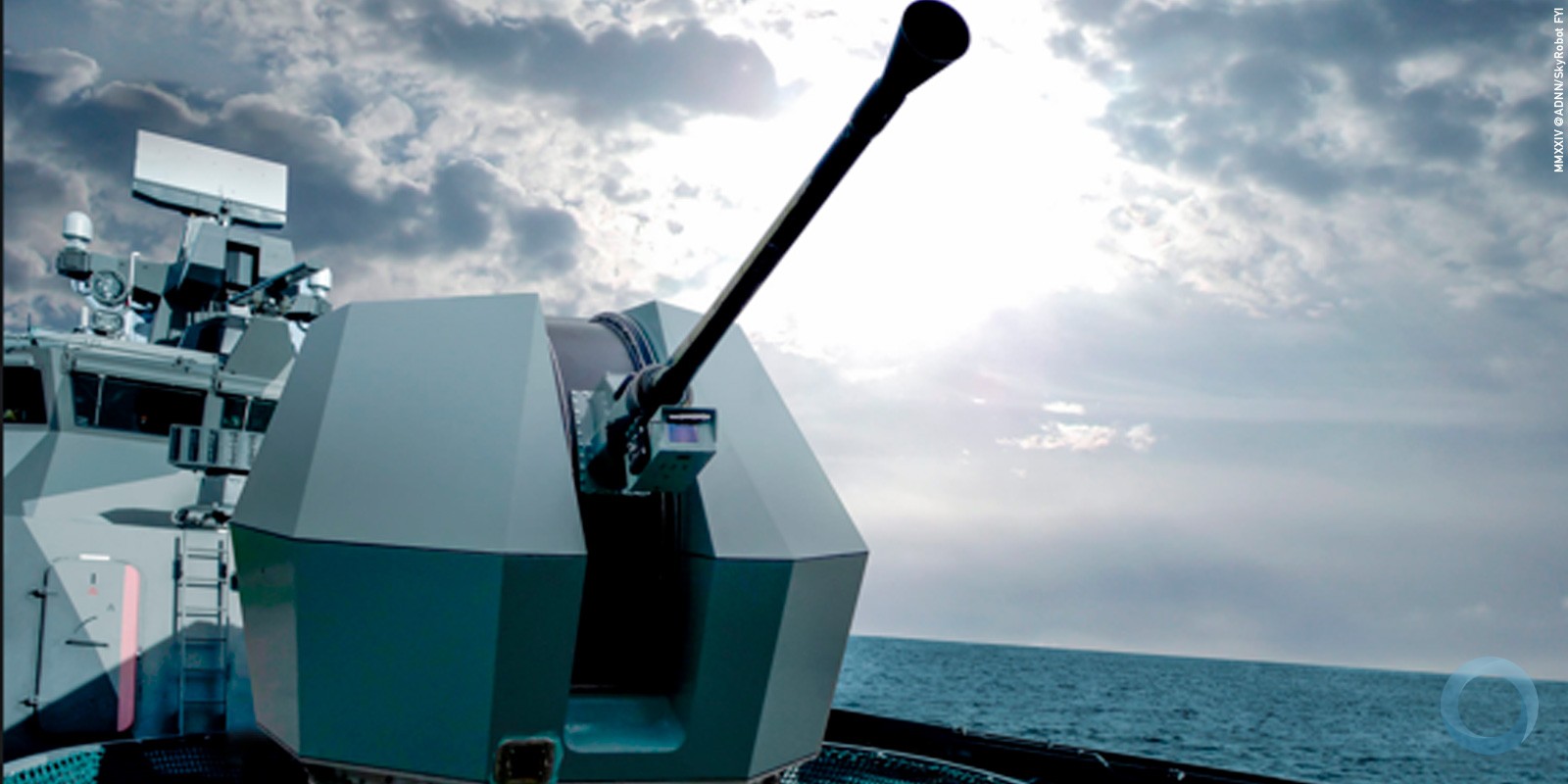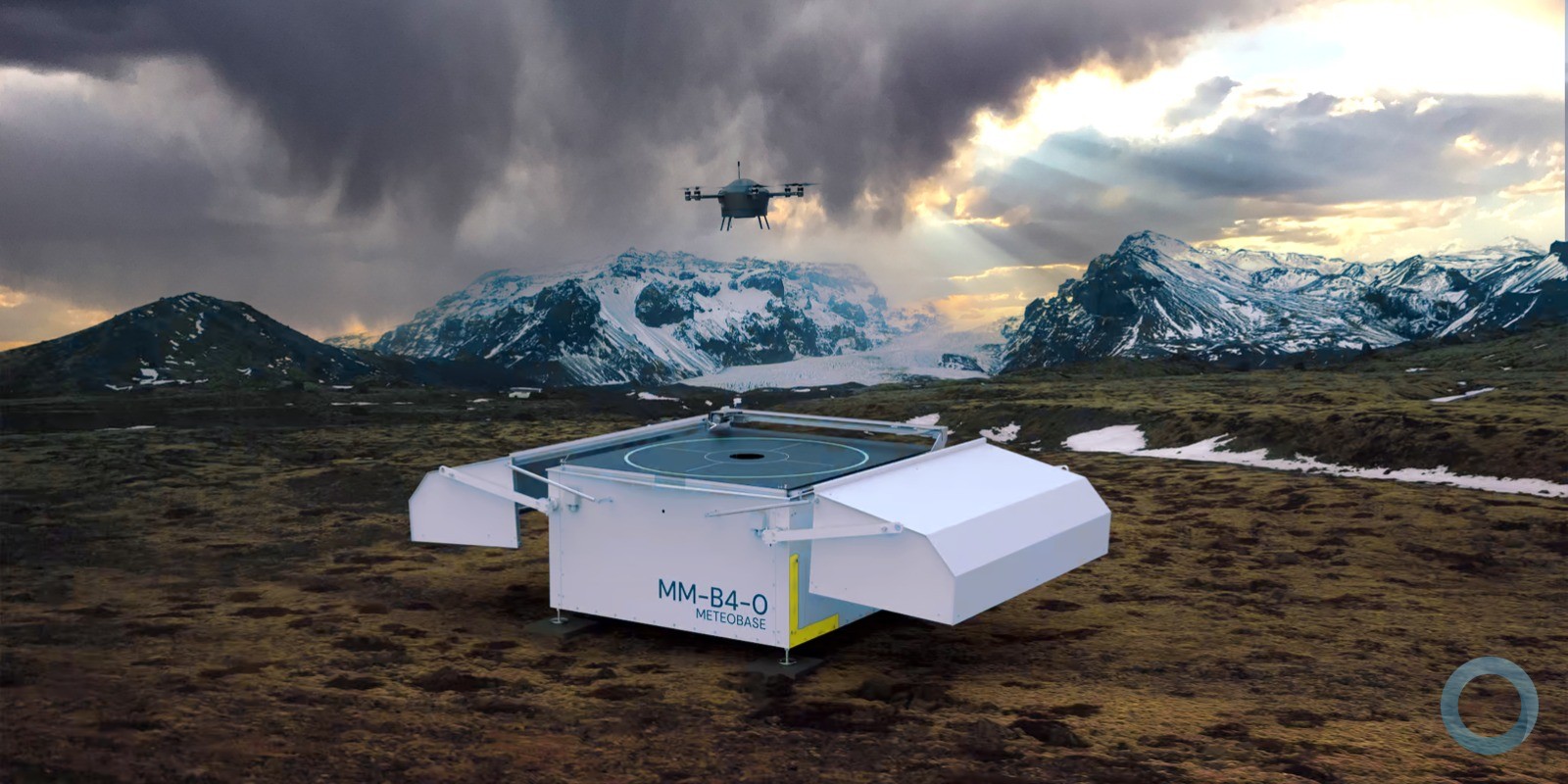Continuing its efforts to maintain the United States’ technology superiority in missile defense, a Boeing-led industry team has successfully tested improvements to the Ground-based Midcourse Defense (GMD) system. Working with the U.S. Missile Defense Agency, Boeing and its partners validated system components, increasing their ability to engage and destroy ballistic missile threats.
A GMD Interceptor launched from Vandenberg Air Force Base, Calif., performed an intentional fly-by of a target representing an advanced long-range ballistic missile. The test objective precluded an intercept in order to collect engineering data that’s not possible in an intercept test.
“The Missile Defense Agency’s test design enabled the collection of critical data to validate key design improvements for the U.S. homeland defense architecture,” said Norm Tew, Boeing vice president and program director, Ground-based Midcourse Defense. “This data will also support future development such as the work that’s currently underway on the Boeing-led redesigned kill vehicle.”
With interceptors at Vandenberg Air Force Base, Calif., and Fort Greely, Alaska, GMD is an integral element of the United States' layered ballistic missile defense architecture. The program consists of command-and-control facilities, communications terminal and a 20,000-mile fiber-optic communications network that links with ballistic missile defense radars and other sensors. Boeing is the GMD system developer and has been prime contractor since 2001.
The test continues Boeing’s 50+ year heritage providing strategic and missile defense capabilities to customers throughout the world.



























